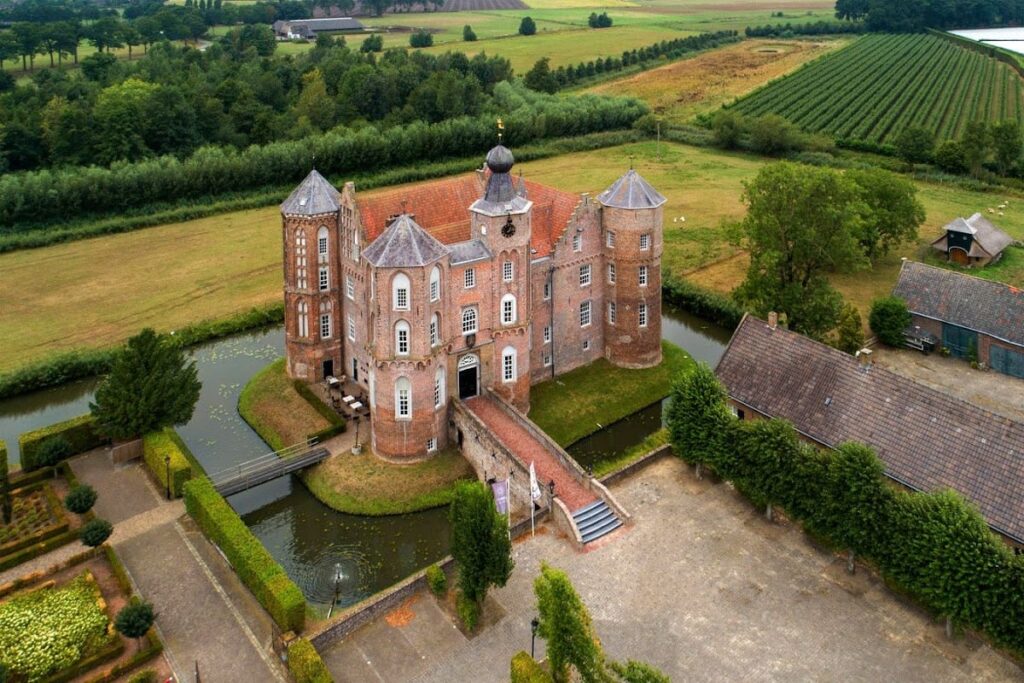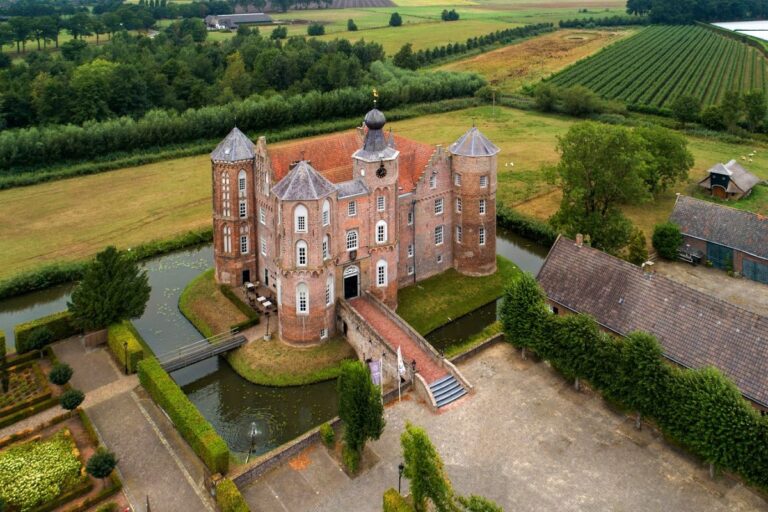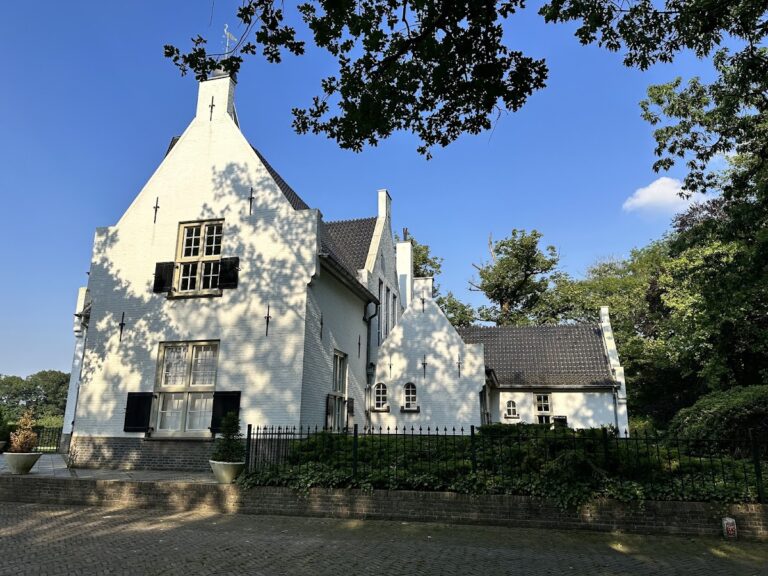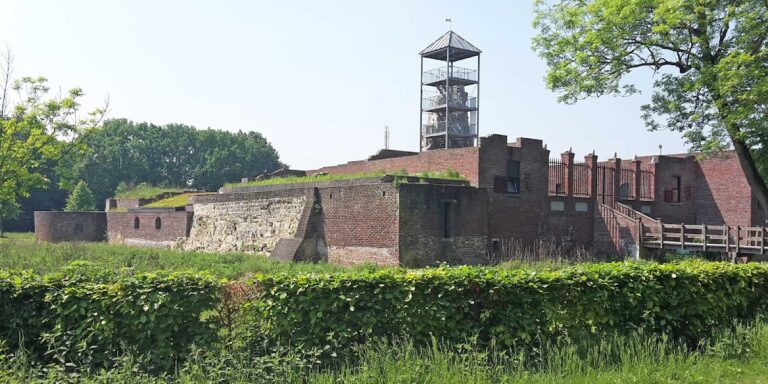Croy Castle: A Historic Medieval Estate in Aarle-Rixtel, Netherlands
Visitor Information
Google Rating: 4.3
Popularity: Low
Google Maps: View on Google Maps
Official Website: www.kasteelcroy.nl
Country: Netherlands
Civilization: Medieval European
Remains: Military
History
Croy Castle is located at Croylaan 14 in Aarle-Rixtel, Netherlands. Its origins trace back to the mid-15th century, when the earliest parts of the castle were constructed. The estate first appears in records in 1472 under the ownership of Rutger van Erp. Five years later, in 1477, Jacob van Croï acquired the property. Van Croï was a nobleman connected to the Burgundian court and served as Bishop of Cambrai. His tenure lasted 17 years before he sold the castle in 1494.
Following this sale, Cornelis I van Bergen became the owner. He is credited with completing the castle’s final form and building a gatehouse near what is now known as the French farm. Over the following centuries, the castle passed through several noble families. From 1772, the Van der Brugghen family held the estate, beginning with Jan Anthonie van der Brugghen and later his half-brother Johan Karel Gideon van der Brugghen.
Johan Karel Gideon van der Brugghen was notable for his agricultural innovations. He introduced Spanish rams to crossbreed with local Kempian heath sheep, improving the livestock. He also enhanced the land by using kalk-rich water from the nearby Zuid-Willemsvaart canal. In 1809, during a plague outbreak in the area, King Louis Napoleon visited the castle and provided aid to the village of Aarle-Rixtel.
The castle’s last resident was Lady Constance van der Brugghen, who died in 1873. She left the estate to be used as housing for elderly poor people. This charitable function was managed by local authorities and the Sisters of Charity and continued until 1977. At that time, new fire safety regulations ended its use as a residence for the elderly.
Since 1795, the estate has been associated with beer brewing. Although brewing operations moved to Belgium in 2004, the ingredients have continued to be grown locally. After a fire in 2006, a microbrewery was reestablished near the castle. In 1990, the castle underwent a thorough interior restoration and was converted into office space. Major maintenance work took place in 2024, during which the castle was closed to the public.
Remains
Croy Castle retains much of its original layout and medieval construction style. The building’s dimensions have remained largely unchanged since the 15th century, despite several phases of reconstruction. These repairs likely followed periods of significant damage.
Key surviving elements from the initial construction include the cellar, the right wing, and a round tower. These parts date back to the castle’s earliest phase in the mid-1400s. The castle is built primarily of medieval masonry, reflecting typical building techniques of that era.
Later architectural additions include the entrance portal and crow-stepped gables, which were added in the 18th century. The gatehouse, constructed by Cornelis I van Bergen, stands on the opposite side of the moat near the current French farm. This structure served as a fortified entrance to the estate.
The castle’s surrounding lands were historically used for sheep grazing and agriculture, supporting the estate’s economic activities. Today, the castle has been restored and maintained, preserving its key medieval features. The interior was renovated in 1990, and the building remains structurally sound following recent maintenance in 2024.










